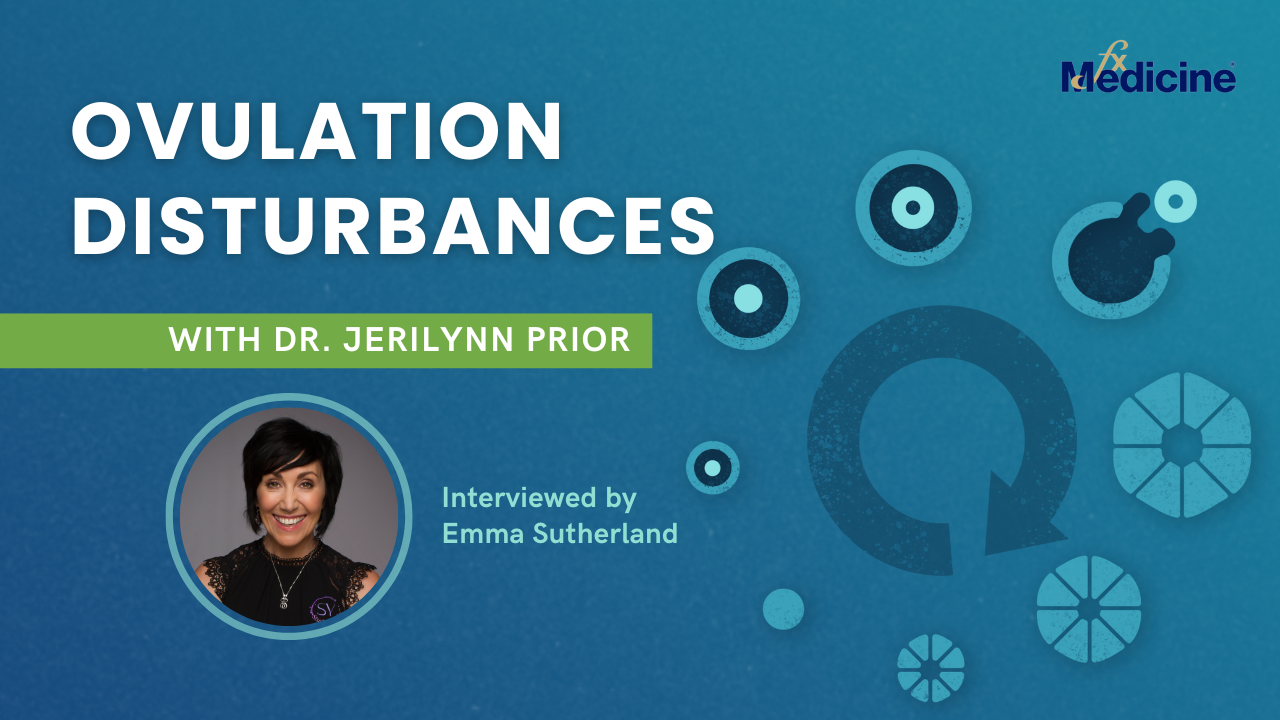Ovulatory disturbances pose significant challenges to women’s reproductive health, making it crucial that practitioners have a comprehensive understanding of this complex topic.
In this episode, Professor of Endocrinology and Metabolism Dr. Jerilynn Prior and fx Medicine Ambassador Emma Sutherland provide clinicians with essential insights into the causes, diagnostic indicators, hormonal balance, and potential interventions associated with ovulatory disturbances.
Together they discuss why ovulatory disturbances are not diseases but adaptive responses to a variety of factors–both biological and environmental, including work-related stress, lack of close relationships, time-related pressures, and feeling undervalued. Dr. Prior shares some clinical pearls to assess ovulation and relative hormone levels through cervical mucus observations and breast tenderness as well as compelling research surrounding the impacts of COVID and the importance of resilience.
Recognizing ovulatory disturbances as adaptive responses and educating patients about their reversibility are key steps towards effective management strategies.
Ovulation Disturbances
The concept that a regular cycle could possibly be non-ovulatory is currently controversial for the gynaecologists. Yet years of data, including from reputable past gynaecologists (such as Michael Soules and Georgiana Segar-Jones), clearly document subclinical ovulatory disturbances.
The most important message is: A regular, normal-length cycle does not guarantee normal ovulation.
– Dr. Jerilynn Prior
